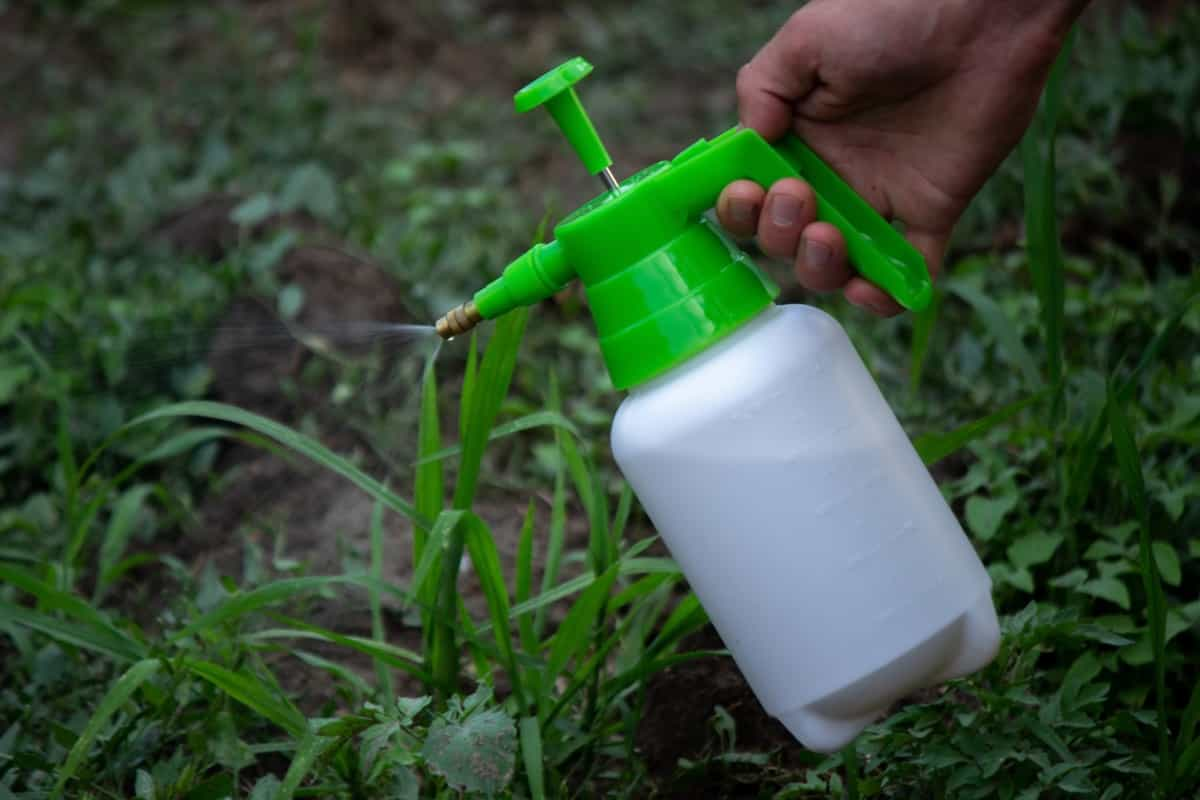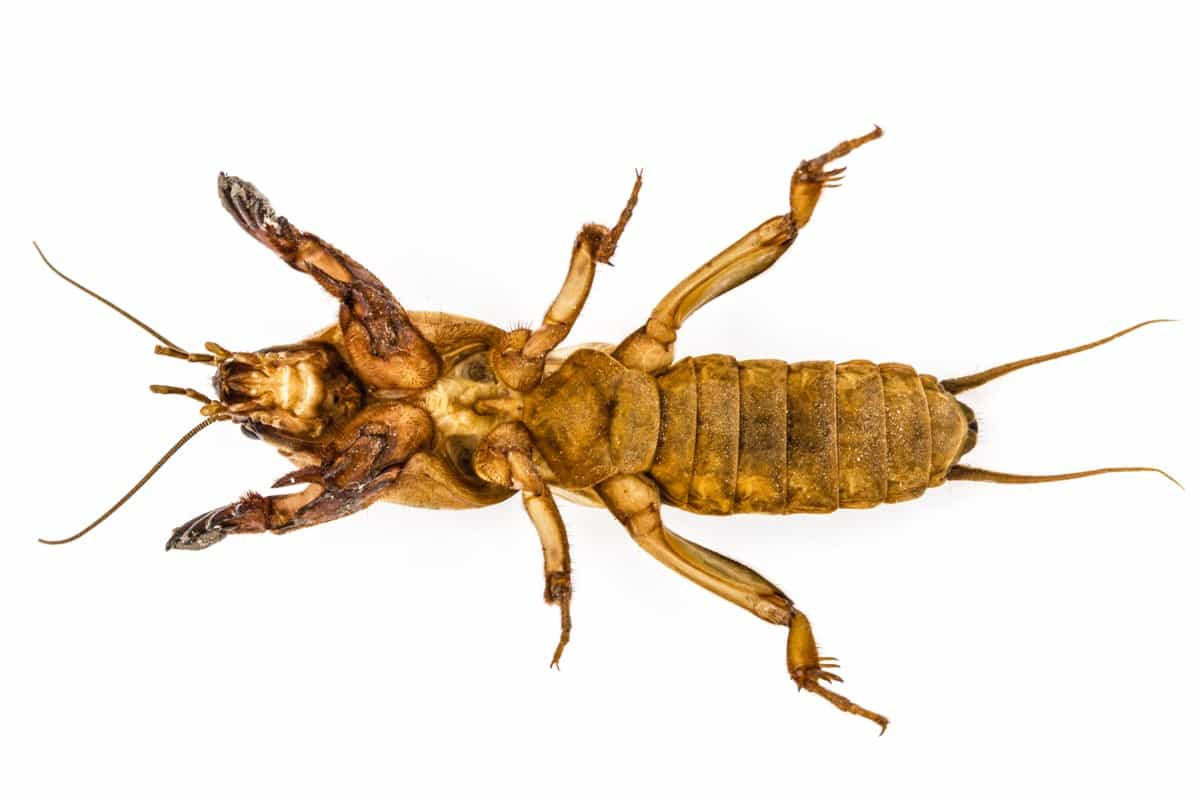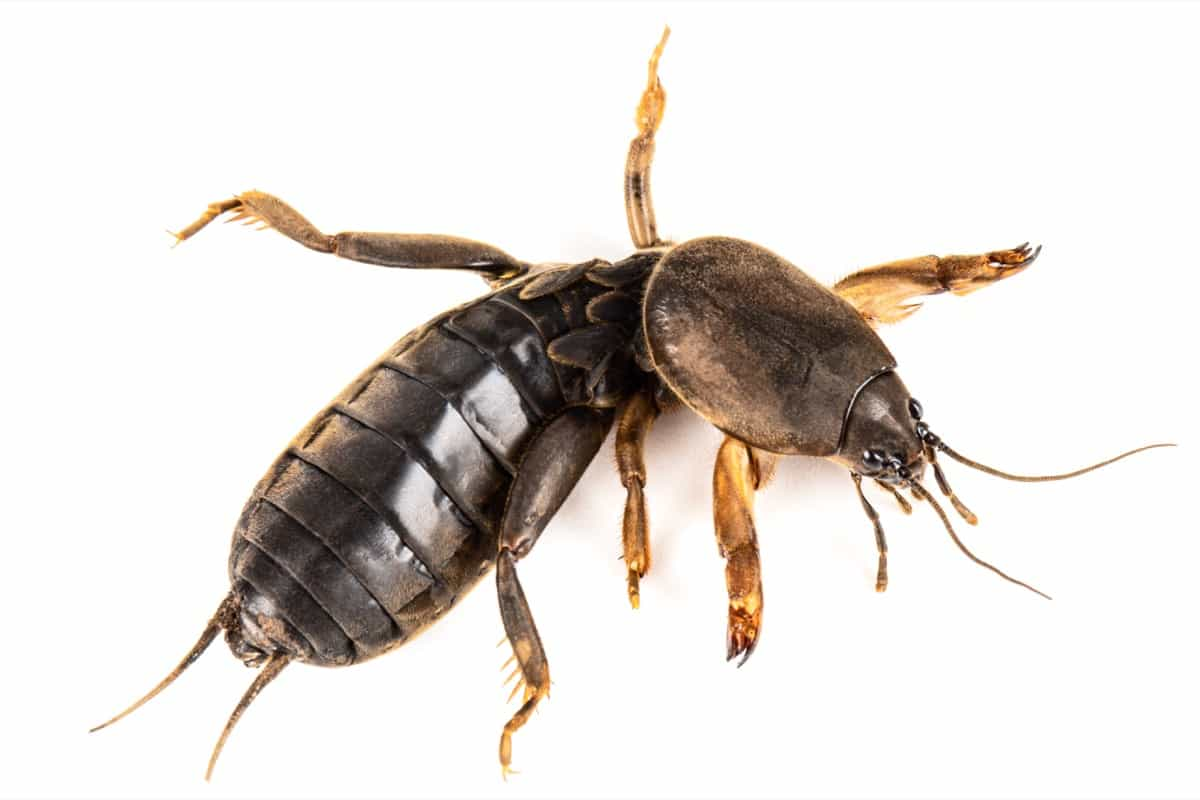Mole crickets are subterranean insects known for wreaking havoc on lawns by tunneling through the soil and feeding on grass roots. These pests are most active during warm, moist conditions, making lawns vulnerable in the spring and summer. Identified by their cylindrical bodies and distinctive spade-shaped front legs, mole crickets can cause significant damage to turfgrass, resulting in brown patches and weakened vegetation. These nocturnal creatures emerge at night to forage on plant roots, causing the grass to wither and die. Mole crickets lay their eggs in the soil, perpetuating the cycle of infestation.

How to Get Rid of Mole Crickets in Lawn Naturally
Natural Predators: Encouraging Predators to Control Mole Cricket Population
Various bird species contribute significantly to keeping mole cricket populations in check, offering an eco-friendly and sustainable solution for maintaining a vibrant lawn. Robins, blackbirds, and starlings are known for their ground-feeding habits, actively seeking out mole crickets as part of their diet. These avian foragers use their beaks to probe the soil, uncovering and devouring adult mole crickets.
Encouraging a bird-friendly environment in your lawn involves providing bird baths and feeders to attract insect-eating species. Planting native trees and shrubs that offer perching spots and nesting sites further entices birds to make your lawn their hunting ground.
Neem Oil Treatment: Using Neem Oil as an Organic Solution for Mole Cricket Infestation
Neem oil stands as a potent organic solution for combating mole cricket infestations in your lawn. Extracted from the neem tree’s seeds, this natural substance contains azadirachtin, a compound known for its insecticidal properties. To apply neem oil as an effective treatment, dilute it as per the package instructions and spray it onto affected areas.
Neem oil disrupts the mole cricket life cycle by impeding their growth and feeding habits, ultimately leading to their decline. Additionally, it acts as a repellent, deterring adult mole crickets from laying eggs on your lawn. This organic approach is environmentally friendly, targeting pests while preserving beneficial insects and avoiding harm to the ecosystem. Apply this neem oil in the late afternoon or early evening for optimal effectiveness, and repeat the treatment as needed.
Nematodes Application: Harnessing the Power of Beneficial Nematodes for Mole Cricket Control
Harness the power of beneficial nematodes as a natural and effective strategy for controlling mole cricket infestations in your lawn. These microscopic organisms, available for purchase at garden centers, actively seek out mole cricket larvae in the soil. To apply beneficial nematodes, mix them with water according to package instructions and spray the solution onto affected areas.
In case you missed it: How to Get Rid of Lawn Worms with Natural Methods: Beginners Guide

Once applied, nematodes enter the soil and infect mole cricket larvae, disrupting their life cycle and preventing further damage to your lawn. This eco-friendly approach specifically targets the juvenile stage of mole crickets, reducing their population naturally without harming beneficial insects.
Diatomaceous Earth: Utilizing Diatomaceous Earth as a Non-Toxic Barrier Against Mole Crickets
Employ diatomaceous earth (DE) as a non-toxic and natural barrier to thwart mole crickets in your lawn. Composed of fossilized diatoms, DE is a fine powder that, when sprinkled over affected areas, acts as a mechanical insecticide. Its abrasive texture damages the exoskeleton of mole crickets, leading to dehydration and ultimately controlling their population.
Unlike chemical alternatives, DE poses no harm to pets, humans, or beneficial insects. Apply a thin layer of DE to mole cricket-prone areas, ensuring a safe and effective means of pest management that aligns with eco-friendly and non-toxic practices for a thriving lawn.
Homemade Remedies: Creating DIY Mole Cricket Repellents from Common Household Ingredients
Begin by mixing equal parts cayenne pepper and garlic powder, both known for their repellent qualities. Sprinkle this mixture generously over mole cricket-prone areas. Alternatively, create a garlic-infused spray by boiling minced garlic in water and then spraying the cooled solution onto the lawn. The pungent odor deters mole crickets while being harmless to plants and beneficial insects.
Another effective remedy involves combining dish soap with water and applying it to the affected areas. This soapy solution disrupts the mole cricket’s waxy coating, leading to dehydration. Regular application of these DIY repellents provides a natural and homemade defense against mole cricket infestations, promoting a healthier and thriving lawn.
Cultural Practices: Implementing Lawn Maintenance Techniques to Deter Mole Crickets
Regularly aerate lawn to improve soil drainage, as mole crickets thrive in damp conditions. Maintain a consistent mowing height to discourage these pests, as shorter grass reduces their hiding spots. Water your lawn in the morning to allow the soil to dry during the day, creating an unfavorable environment for mole crickets. Additionally, it reduces excessive thatch buildup, as it serves as a habitat for these pests.
Essential Oils: Harnessing the Aromatic Power of Essential Oils for Mole Cricket Management
Tap into the aromatic power of essential oils to naturally manage mole cricket populations in your lawn. Create a repellent spray by combining essential oils like eucalyptus, peppermint, and tea tree oil with water. These strong-smelling oils act as deterrents, discouraging mole crickets from infesting your lawn. Apply the solution to affected areas, focusing on entry points and known habitats.
In case you missed it: How to Get Rid of Lawn Pests with Homemade Sprays: DIY for Controlling Lawn Pests

Alternatively, mix essential oils with carrier oil, like neem or coconut oil, and spread it over the soil. The potent scents disrupt mole cricket behavior, offering a non-toxic and environment-friendly approach to pest management. Embrace the natural fragrance of essential oils as a holistic means to keep mole crickets at bay while maintaining a healthy and aromatic lawn environment.
Biological Controls: Exploring Microbial Inoculants for Natural Mole Cricket Suppression
Delve into biological controls by exploring microbial inoculants as a natural and effective strategy for suppressing mole cricket infestations in your lawn. Beneficial microorganisms, such as Bacillus thuringiensis (Bt), can be applied to the soil to target mole cricket larvae. Bt produces toxins harmful to the larvae, offering an environmentally friendly solution.
To utilize microbial inoculants, mix the product with water as per the instructions and apply it to mole cricket-prone areas. This method specifically targets the pest larvae without harming beneficial insects, promoting a balanced ecosystem. By incorporating microbial agents into your lawn care routine, you encourage natural mole cricket suppression, fostering a resilient and thriving lawn through sustainable and biologically driven pest management.
Companion Planting: Leveraging Plant Diversity to Discourage Mole Cricket Infestation
Harness the power of companion planting to naturally discourage mole cricket infestations in your lawn by strategically integrating a variety of plants. Certain plants possess natural repellent properties or attract beneficial insects that prey on mole crickets. Marigolds, for instance, emit a fragrance that deters these pests while attracting predatory insects like ground beetles. Planting aromatic herbs like basil, mint, or rosemary also helps repel mole crickets.
Incorporate diverse grass species to create a less favorable environment for mole crickets, as they often prefer monocultures. By establishing a mosaic of plants with varying scents and textures, you not only deter mole crickets but also enhance the overall health and resilience of your lawn through a natural and harmonious approach to pest management.
In case you missed it: Management of Fungal Diseases in Lawns: How to Control and Prevent with Natural and Organic Treatment

Conclusion
In conclusion, achieving a mole cricket-free lawn naturally involves a holistic approach, combining cultural practices, natural predators, organic treatments like neem oil and beneficial nematodes, DIY repellents, essential oils, and companion planting. Embracing these methods ensures a sustainable and thriving lawn in harmony with nature.
- Deworming Schedule for Dogs/Puppies: A Beginners Guide
- How to Prevent and Control Parasites in Goats
- Beneficial Insects in Pest Management
- Natural Solutions for Pest Control in Flower Gardens
- Types of Fungicides Used in Agriculture
- Common Issues in the Fruit Development Stage of Pomegranate Farming
- Fruit Development Issues in Papaya: Easy Solutions and Treatment
- Soil-Borne Diseases and How to Protect Your Plants
- Practices to Prevent Disease Spread in the Garden